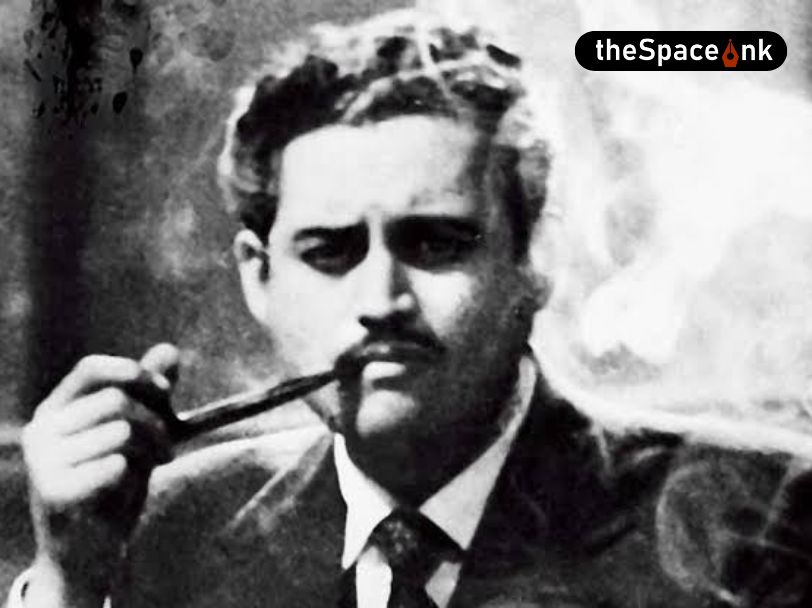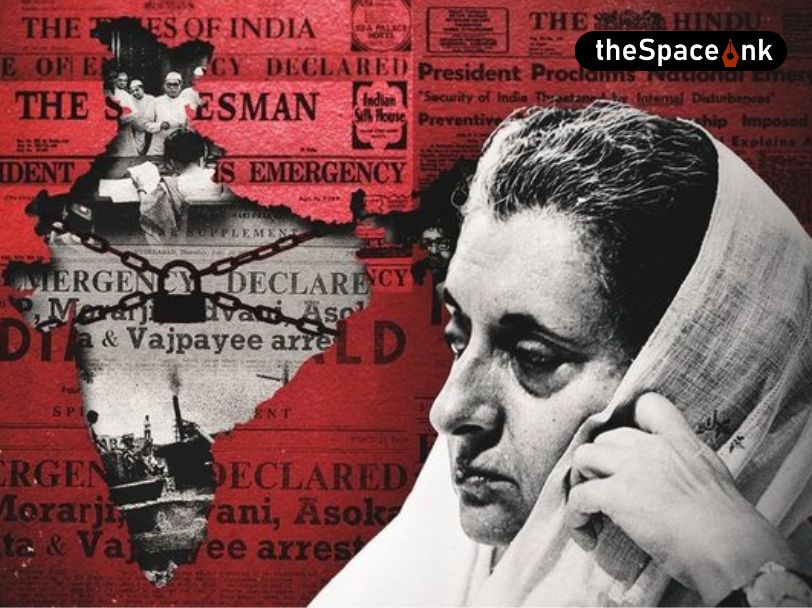In 1950, some twenty years after he had established the Indian Statistical Institute (ISI), Prof Prasanta Chandra Mahalanobis met a young scientist in England. His name was Samarendra Kumar Mitra. Mitra was an expert in electronic computer. He had received a fellowship from UNESCO and was in England to study electronic computers. Prof Mahalanobis wanted him on board. The same year, Samarendra Kumar Mitra joined the ISI. Prof Mahalanobis had identified the importance of computing and calculating devices early on in the 1930s. He set up the Indian Calculating Machine and Scientific Instrument Research Society in September 1943. In 1950, he established the Electronic Computer Laboratory at ISI with the objective of designing and developing an electronic computer.
Samarendra Kumar Mitra was born in Calcutta on March 14, 1916. His father Sir Rupendra Coomer Mitter was a recipient of two gold medals from the University of Calcutta. One for his MSc degree in Mathematics and the other for a degree in law. It was the latter that he pursued as a career. He was an advocate at the Calcutta High Court and was later appointed the Chief Justice (Acting) and served in that capacity during the independence of India.

After completing school education he pursued a study in science, obtaining two masters’ degrees- one in chemistry and the other in applied mathematics. Soon after, he was working on an air-driven ultracentrifuge at the Palit Research Laboratory of Physics at the University of Calcutta. After spending four years at the university he earned a UNESCO fellowship which took him to the US and UK. He spent some time at Harvard and Cambridge soaking in the thriving academic environment of a post-war world. It is during this period that he came in contact with some of the best minds in the scientific fraternity, attending lectures by illustrious scientists like Niels Bohr and Robert Oppenheimer. As we’ve already mentioned, it is also the time when he met Prof Mahalanobis who was to give him the best opportunity of his life. The responsibility of handling the Electronic Computer Laboratory at ISI.
Samarendra Kumar Mitra started the Electronic Computer Laboratory at the ISI in 1950, with the help of a part-time technician. With time he was assisted with several other scientists like Debdas Chaudhuri, Soumyendra Mohon Bose, Ashis Sen and others. In 1953, Mitra built what is now known as the first analogue computer in India and demonstrated it to the erstwhile Prime Minister Pandit Jawaharlal Nehru at ISI. Ten years later, he led the team of scientists at ISI to build a high speed digital computer. Later, India’s first indigenous digital computer ISI-JU was developed under Mitra’s leadership as a joint collaboration between ISI and Jadavpur University.
Technology has traversed from the realm of the analogue to the digital several decades ago and the ‘computer’ now essentially fits into our palm. We call it a mobile phone. However, it was the likes of scientists like Mitra who laid a very strong foundation to the path trodden by the technologists of this day.
Images courtesy: Wikimedia Commons








